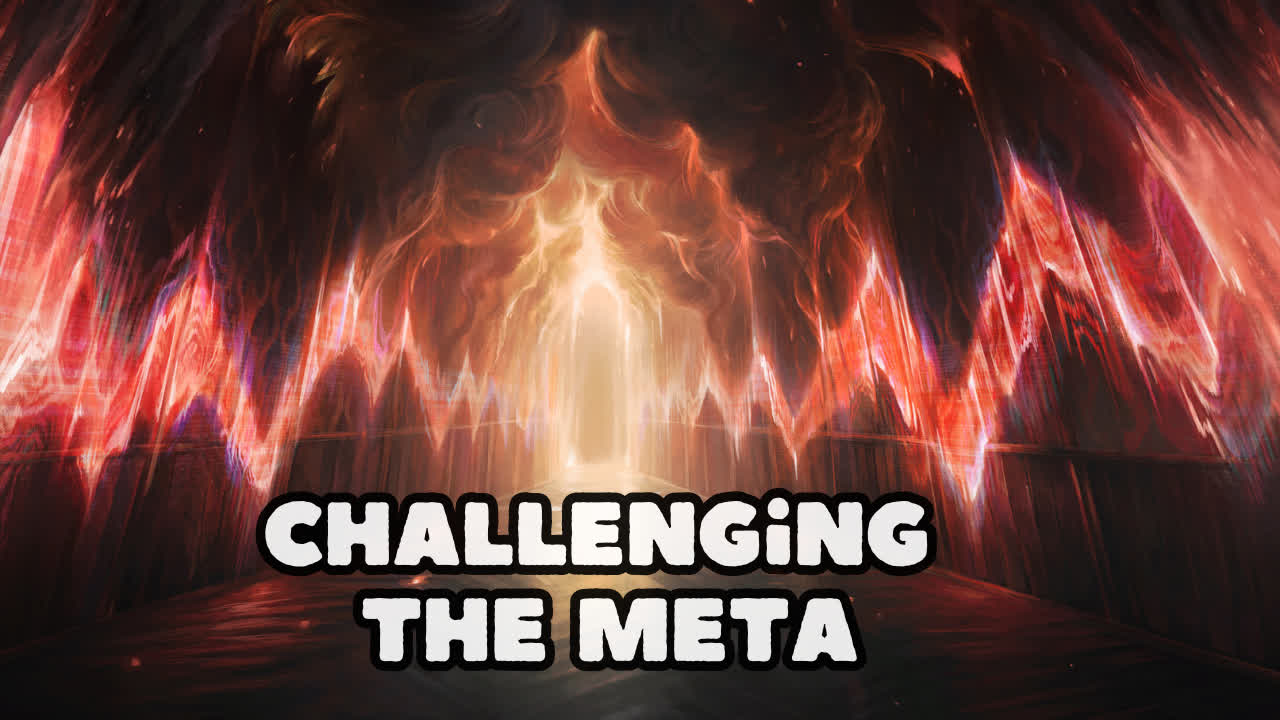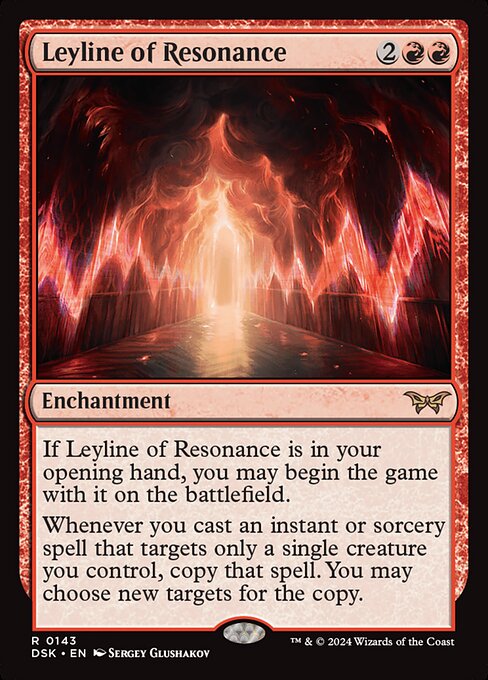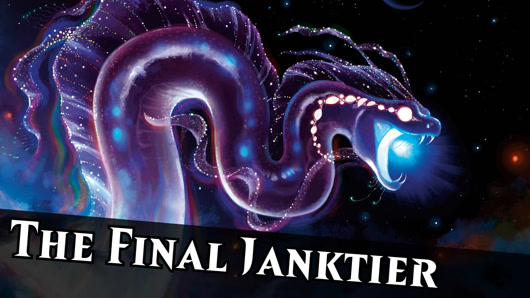Brewing decks is more than just finding a card that inspires you and picking what cards to put around it. You also have to take into account the context the deck finds itself in. If your brew is soft to the most popular deck in the format, it’s just not going to be successful no matter how consistent it is when put against different matchups. Power creep exacerbates this as the speed of the game increases, requiring your deck to either pop off faster or answer a variety of threats within even the first two turns in order to be successful.
Today, I want to look at the most popular archetypes in Standard and look at play patterns we can focus on to give our janky brews a fighting chance.
Red-Based Aggro
I won't bury the lead. Aggro decks featuring Leyline of Resonance and combat tricks have become a staple in Standard, especially in the best-of-one queues. Their lightning-fast starts can end games as quickly as turn two with relative consistency, making anyone who values their tap lands pretty salty. The Leyline itself isn't the threat to focus on, though, because these decks can easily pop off without it. The main threat is the creatures.
Combat tricks like Ethereal Armor, Monstrous Rage, Turn Inside-Out, etc. are only good if there's something to target. These creatures are almost exclusively one- and two-drops with low base stats like Slickshot Showoff and Heartfire Hero. Instant-speed removal is key to forcing these decks to stumble early, and spells are doubly great if they're only one mana. Targeting the creature with the pump spell on the stack can force a blowout by stripping both the creature and the spell. Be patient.
Cheap removal spells like the following have become staples in the format because of how they interact with this type of approach and are, frankly, necessary if you want to compete in BO1.
Due to Cacophony Scamp and Heartfire Hero flinging themselves upon death, denying the death trigger is especially valuable by either exiling it or reducing its power and toughness so it deals zero damage.
These decks also run out of gas fast because they’re designed to glass-cannon blast within the first three turns. Simply force the game to go long and don’t concede, and you’ll win more games than you might realize. Don’t be afraid to lose good creatures to prevent a little damage in the early game. It goes a long way.
Mono-Black Discard
This can be a tough nut to crack since these decks have access to so much removal and hand disruption, but the biggest flaw in their gameplan is a lack of threats. A ton of cards in these decks are there simply to force discard, and if they don't find a Bandit's Talent or Aclazotz, Deepest Betrayal, they simply have no way to hurt you.
I've found one of the keys to this matchup is cheap removal that can answer Deep-Cavern Bat. If your opponent uses a bat and sees a Torch the Tower or Lay Down Arms in your hand, they'll be obliged to take it, otherwise it will simply kill the bat, leaving the rest of your hand unchecked. Additionally, Temporary Lockdown hits both Deep-Cavern Bat and Bandit's Talent. While it's likely to get stripped from your hand in the opener, being able to top deck it in the midgame can turn the tides in your favor.
If you're in green and can afford to run Obstinate Baloth, I do recommend it. It cleanly answers Liliana of the Veil and can force your opponent onto a clock they simply aren't ready for that early in the game. The card is very niche, but discard is popular enough that Baloth can slot into the sideboard at least.
Enchantment removal is key in this matchup since Bandit's Talent is the most consistent win-con. Removal spells that easily hit enchantments but have flexibility are ideal, such as Tear Asunder or Get Lost, but if your deck can take advantage of the third spree mode, Requisition Raid could be worth considering.
In general, when playing against discard, don't plan ahead based on the cards in your hand. They will be removed, certainly, but make sure you fill your deck with enough interaction to top deck answers or hasty threats. Flash creatures are also great in this matchup since you can cast them in response to discard spells.
Azorius Tempo
Duskmourn inflicted Abhorrent Oculus onto us all, so it has replaced Monastery Mentor as a key target for Helping Hand in the Azorius tempo shell and, frankly, it's a strict upgrade. Like many tempo decks, this one relies heavily on getting an evasive threat down early and protecting it while stymying your gameplan.
This build is different from past Delver builds, though, because it relies pretty heavily on the graveyard. Not only is it recurring with Helping Hand and Recommission, but both main threats require a graveyard to be successful, with the Oculus only being castable if there's a graveyard to exile, and Haughty Djinn's power completely dependent on it.
So, I'll take this opportunity to remind you that Leyline of the Void was just reprinted in Standard. If this deck doesn't get access to a graveyard, it can do basically nothing. There are some cards in their sideboard that could theoretically break the Leyline, but if those don't show up, the deck is effectively stopped dead during pregame actions. If you have to cast Leyline on turn four or later, it will likely eat a counterspell and simply be too late, which is also a concern with Rest in Peace, though it can also get the job done if you pick the right moment to cast it out.
Whenever battling tempo or control in any form, the most important factors to consider are what mana sources are untapped and how many cards are in your opponent's hand. In the early game, casting spells into open mana will likely result in them being countered. Don't get frustrated, simply plan on it and simply play out your less-important spells first. Pull counterspells out and try to get them out of gas before putting your big threats on the stack.
Also, don’t hesitate to cast flash creatures or instants on your own end step in response to their draw spells. Blue players hate when you do that.
Bottom Line
Many decks right now require main-deck creature removal in the early turns, so I’d be sure to include that in every brew you make for the foreseeable future. That said, these pieces aren’t great in a number of matchups, so your sideboards for best-of-three should have plenty of other interaction that is ready to fill those slots.
There's a reason so many popular decks today are running Cut Down and Torch the Tower in their main decks. Just do it and you'll see your win rates improve, regardless of what jankery the rest of your deck is doing.
Thank you for reading, and happy brewing!
























